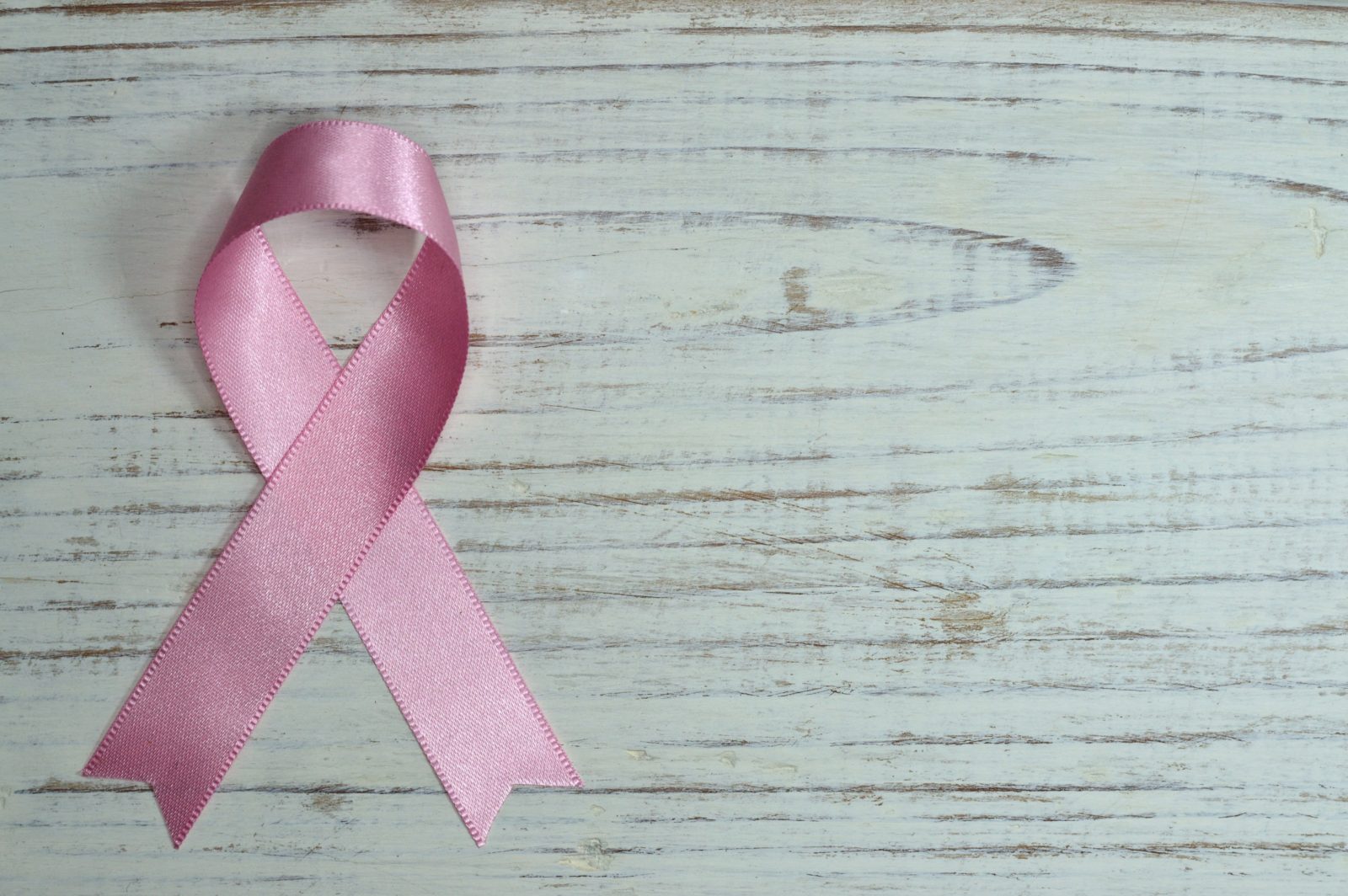Why the Month of October is Important to Women and Families
October is Breast Cancer and Domestic Violence Awareness Month. The Pink and the Purple Ribbons symbolize Healthy Lives-Healthy Living. Throughout this month, you’ll see these ribbons adorned by women and families everywhere. The ribbons are a reminder to honor the lives of those affected by Breast Cancer and Domestic Violence and the awesome work done to reduce their burden on families and communities.
While Breast Cancer death rates are down by 34%, still an estimated 40,730 breast cancer deaths are expected this year. Prevention is the best way to reduce the incidence of breast cancer. Breast cancer screening using mammography can often find breast cancer at an early stage when treatment is most effective. Additionally, being overweight, or obese, use of hormonal therapy (estrogen), physical inactivity, and alcohol consumption are factors associated with breast cancer risk (American Cancer Society).
Talk with your doctor or nurse practitioner about mammography. Make the decision to eat healthy and get moving to lower your risk for getting breast cancer as well as to live your best possible life.
The impact of Domestic Violence is less well known and usually comes to the forefront when a precious life is lost from Domestic Violence. Gloria Steinem (feminist activist) recently reported that since 9/11/2001, more women have been killed by “intimate partners” than all of the victims in the September 11 massacre and the American victims in the Iraq and Afghanistan wars combined. Furthermore, during one’s life time, more than 1 in 3 women and 1 in 4 men have experienced contact sexual violence, physical violence, or stalking by an intimate partner. To add to these unnerving facts, the health consequences from such violence may lead to physical ailments (i.e. migraines, asthma, chronic pain), psychological distress (i.e. depression, anxiety, post-traumatic stress, anti-social behavior), and negative health behaviors (engaging in high-risk sexual behavior such as unprotected sex, multiple sex partners, and substance abuse). Even for a physician (such as myself), there is Domestic Violence unawareness. I have missed considering the possibility that intimate partner violence could be the cause of a patients physical or behavioral challenges. Often times, victims are quiet and/or embarrassed about their personal situations. A loving educated community about partner violence can help break through barriers.
Prevention is the best way to reduce the prevalence of Domestic Violence and its consequences. But, prevention strategies are more complex. For example, while taking steps to move away from a dangerous environment to a safe space reduces one’s risk of being harmed, the emotional and financial ties to the perpetrator sometimes makes this separation difficult to achieve. Another complicating factor is the public’s limited awareness of the early signs of Domestic Violence. Indeed, it takes an engaged village to develop collaborative and coordinated life-saving activities that involve the whole community. Overarching prevention activities outlined by the Centers for Disease Control and Prevention:
- Promote healthy and respectful relationships
- Champion sophisticated survivor services
- Enforce laws that hold perpetrators accountable consistently and fairly
- Develop data systems that can monitor, evaluate, and develop more evidenced-based programs that can save lives
While driving recently, I saw a pink car with the words, “Love you Mom” skillfully and boldly displayed on the car trunk. As I passed the pink car, I noticed a beautifully painted Breast Cancer Ribbon on the passenger front door. I pondered, such a wonderful way to honor your mother. Unfortunately, there was one glitch. The driver in the pink car was smoking a cigarette—the leading cause of preventable death in the United States!
Saving lives is what Breast Cancer and Domestic Violence Awareness is all about. Even more, they are about Healthy Lives- Healthy Living.




